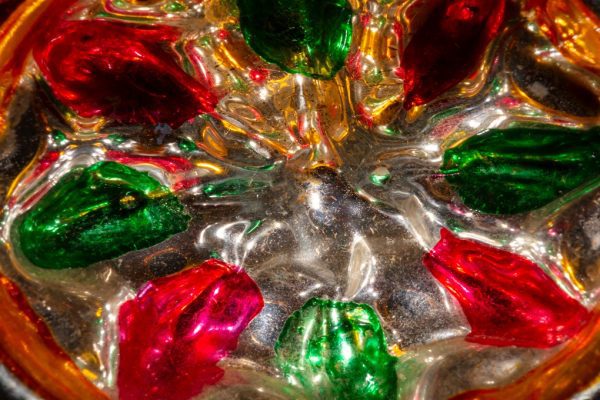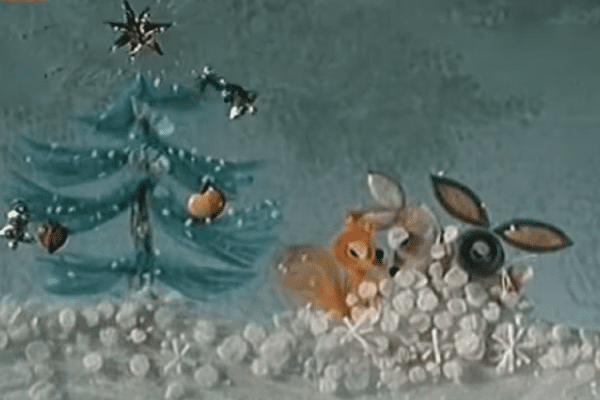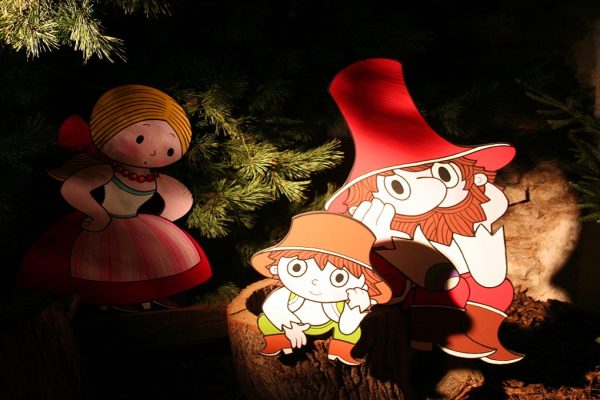Veselé Vánoce! A joyous Christmas to all from Everything Czech! In today’s special feature, we dive into the enchanting traditions of the holiday season as celebrated in the heart of the Czech lands.
Much like in neighboring Slovakia and throughout central Europe, the 24th of December, Christmas Eve, takes center stage as the main event. It holds the utmost significance in the season of joy and throughout the church year, surpassing Christmas Day.
Here in the Czech lands, presents are exchanged and unwrapped on Christmas Eve, a departure from Christmas Day or Boxing Day traditions. Children are told that the magical gifts are delivered not by St. Nick, Father Christmas, or Santa Claus but by the endearing Baby Jesus – Ježíšek.
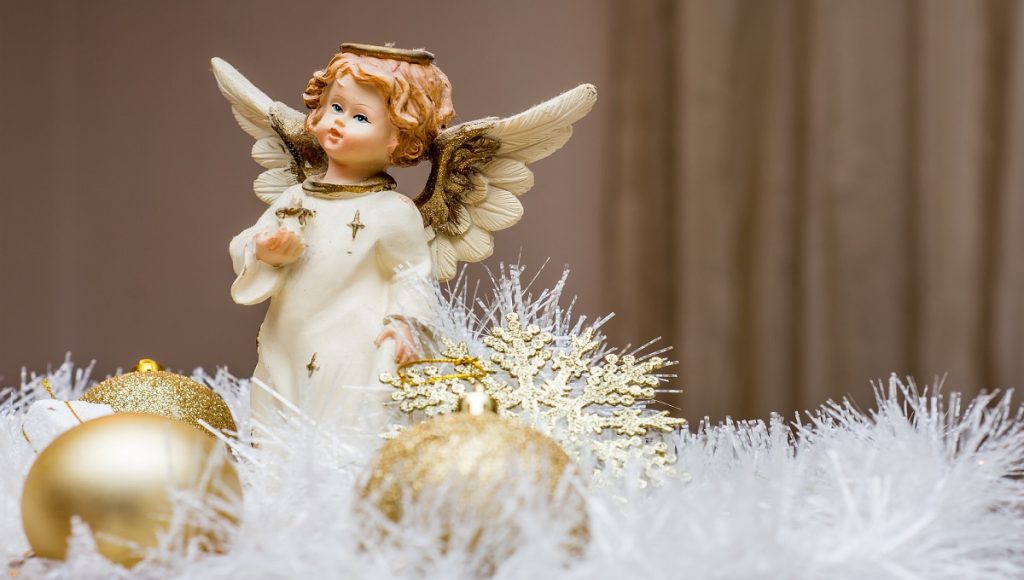
Every little Czech child knows that on Christmas Eve, Baby Jesus visits human homes, leaving gifts under the Christmas tree. They also know they must patiently wait and eat fried carp, and only after the bell rings can they proceed to the tree and unwrap the gifts. Although the Czech Republic, like most countries worldwide, faces the invasion of Santa Claus, it still resists this onslaught.
Even though we commonly see reindeer, stockings, and a chubby man in a red and white coat on wrapping paper, for most of us, it is still Baby Jesus who brings the gifts.
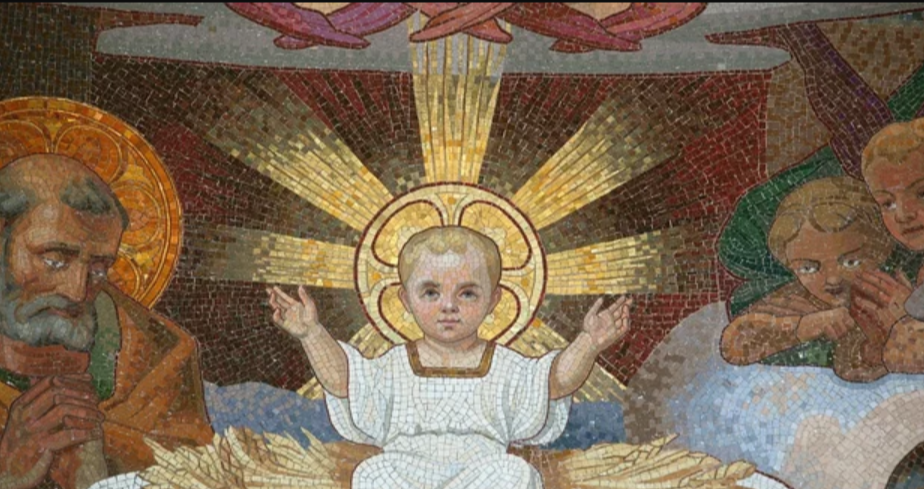
It’s a well-known fact that long before the Christianization of the inhabitants of our territory, the winter solstice was celebrated. Pagans believed that on December 25th, the Sun God was reborn, and the eve of this significant holiday was appropriately celebrated. With the advent of Christianity, pagan celebrations were prohibited.
Following a day of fasting, the holiday meal unfolds, featuring the Czech tradition of carp and potato salad. After unwrapping presents, families would join in harmonious renditions of Christmas Carols in the days of yore before radio. As the youngest ones retire for the night, many adults partake in the magical atmosphere of midnight mass.
Ježíšek or the Christkind
Throughout the Middle Ages, children were gifted by St. Nicholas on his feast day, December 6th. However, the famous German reformer Martin Luther decided to change this tradition. The reformist movement did not recognize the worship of saints, including St. Nicholas, who had to be replaced by someone else. Luther chose none other than Christ himself for this purpose. However, it wasn’t the same Christ hanging on the cross but the Holy Christ without a physical form, a purely abstract being.

The date for gifting children by the Holy Christ was set on the day of the Nativity, December 25th. Luther’s children had to wait almost three weeks longer than their Catholic peers for gifts, reportedly resolved by their mother, who gifted them on St. Nicholas’s Day and the newly established December 25th. And so it has essentially remained to this day, except that Baby Jesus delivers gifts on the evening of December 24th in the Czech lands.
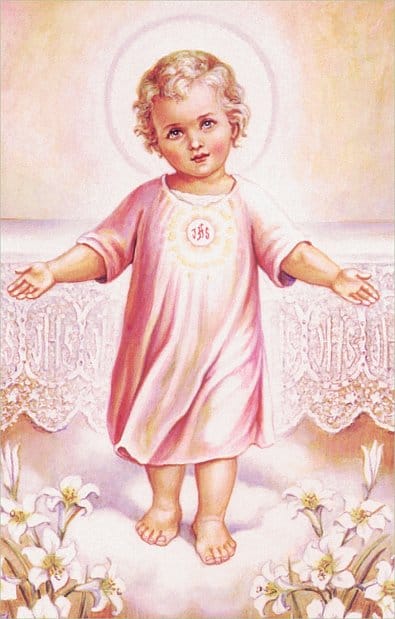
But wait, how did the Holy Christ become Baby Jesus? The concept of someone abstractly giving gifts did not resonate well with ordinary people. Therefore, the Holy Christ was gradually attributed with a human, specifically a child’s form, and that’s why the diminutive Ježíšek, the German Christkind (Child of Christ), began to be used. Ježíšek gained popularity and was eventually accepted by the Catholic Church as well.
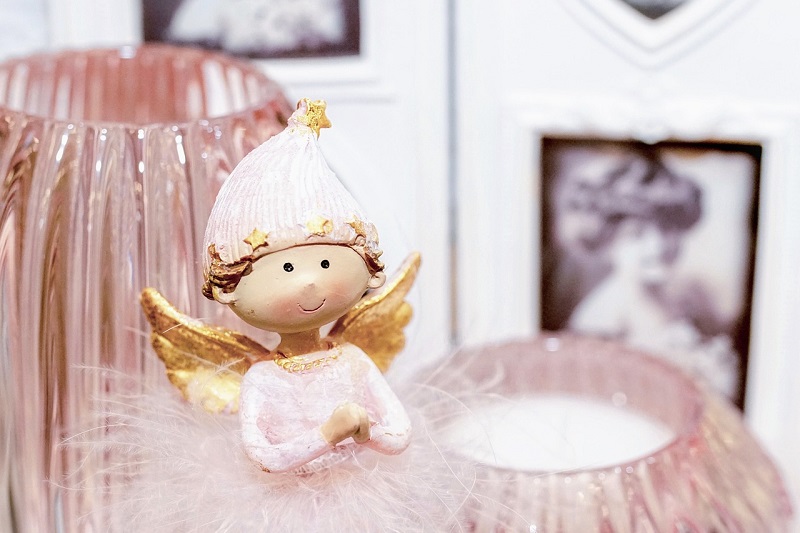
Ježíšek vs. Grandfather Frost and Santa Claus
In the captivating Czech Republic, hailed today as the most secular nation in Europe, the dance of traditions during the Christmas season reveals a fascinating interplay between Baby Jesus (Ježíšek), Grandfather Frost (Děda Mraz), and the iconic Santa Claus. The echoes of over four decades of communism in Czechoslovakia resonate, where the religious essence of Christmas was downplayed, paving the way for televised fairy tales to become a cherished holiday tradition that persists to this day.
Even amid the cloak of communism, Christmas remained a celebration, with Ježíšek persisting as the bearer of gifts beneath the festive tree despite attempts to replace him with the mythical Russian import, Grandfather Frost. In the face of commercial advertising’s embrace of Old St. Nick, Ježíšek retained his magical allure.
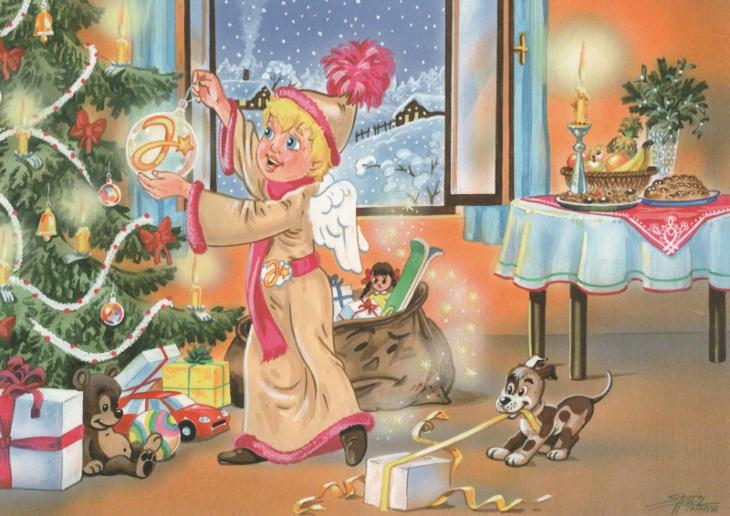
Delving into the origins of Ježíšek, we find a fascinating connection to the term “Christkindl” coined by the German reformer Martin Luther in the 16th century. This Christ Child, adopted by many Protestants, emerges as the silent gift-bringer on Christmas Eve, distinct from St. Nicholas Day traditions.
Below Ježíšek’s angels deliver the Christmas gifts…
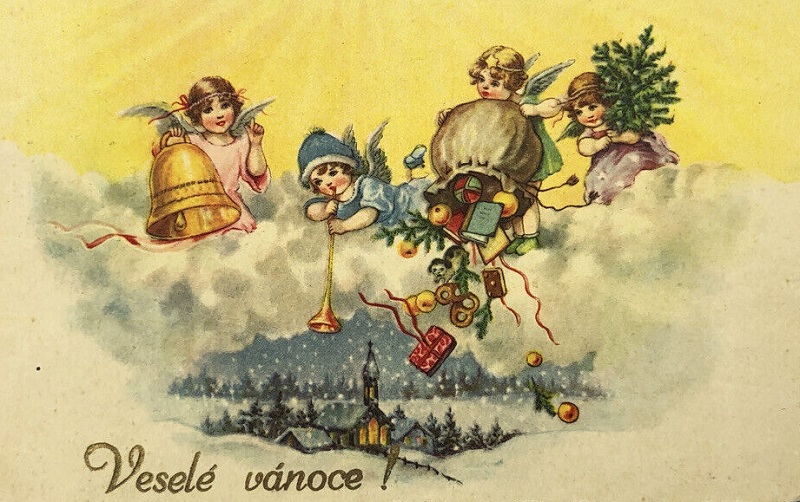
Some Czech homes may even have tiny Betlémy and nativity scenes, showcasing the intertwining of religious and mythical elements in this rich tapestry of Czech Christmas traditions.
Related Post – The Mechanical Christmas Crib of Třebechovice
What Does Ježíšek Look Like?
German-speaking countries have a clear idea of what Baby Jesus looks like. It’s a girl with curly blonde hair dressed in long white robes, sometimes adorned with gold embroidery or edges, with wings. Exactly such a Baby Jesus can be seen at the Christmas markets in Nuremberg, where carefully selected girls aged 16 to 19 have been portraying it for several years.
But what about the Czech Baby Jesus?
Most Czechs don’t have a clear idea of what Baby Jesus looks like. Our vision of Baby Jesus is often influenced by the German or even the appearance of Santa Claus. Although we may not agree on one appearance of Baby Jesus, one thing is clear: Baby Jesus is a child. However, we must not confuse him with the Baby Jesus lying in the crib surrounded by domestic animals and visited by shepherds from distant lands.
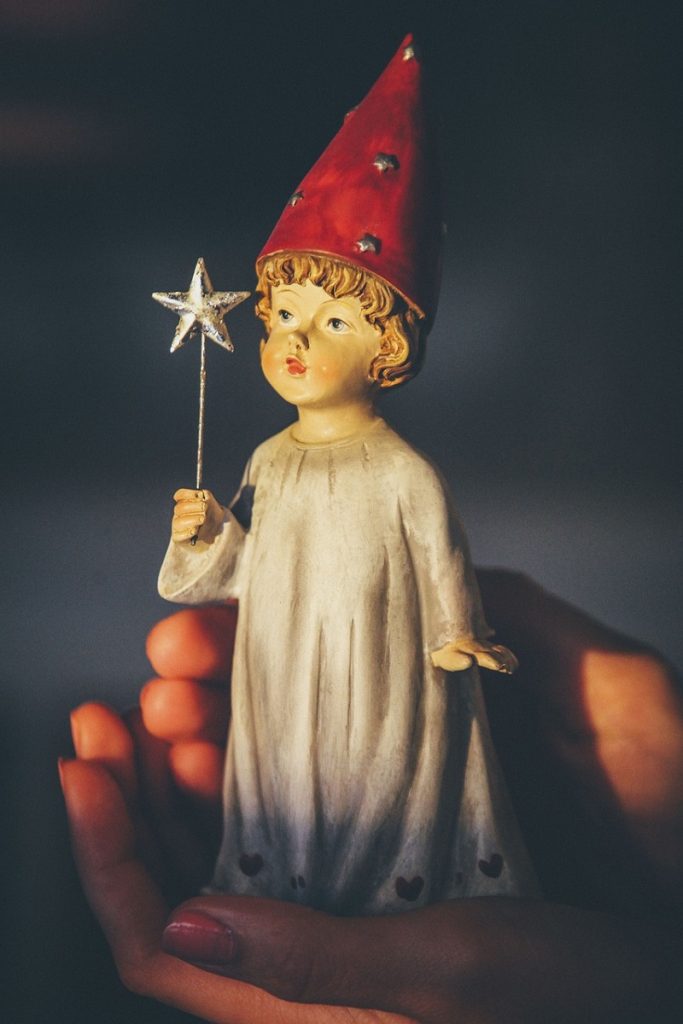
What Wikipedia says about Czech Ježíšek (the Baby Jesus):
Ježíšek (the Baby Jesus) is the Czech-language name for the Christkind Christmas figure. There is no accurate description of Ježíšek. He has been depicted as a baby, toddler, and young lad. Some even consider him simply as an abstract figure. According to tradition, Ježíšek makes his appearance on Christmas Eve. In some families, Ježíšek is said to bring the Christmas tree and the gifts, while the elders secretly do it. In other families, the Christmas tree is decorated collaboratively with the children. Christmas gifts are delivered and unboxed on Christmas Eve (24 December).
The tradition of Ježíšek has been observed by the Czechs for more than 400 years. This is partly due to the large population of Catholics during that period. It was Martin Luther who coined the term during the 16th Century in an attempt to provide a suitable name for their figure other than St. Nicholas.
At present, belief in Ježíšek is upheld in modern Czech society, despite having the lowest rates of religious affiliation in the world.
Czech Christmas Eve Traditions
For those new to the Czech Republic, the enchanting focus on Christmas Eve, highlighted by the traditional feast of carp and potato salad and the endearing role of Baby Jesus, often emerge as delightful surprises in the local holiday tapestry.
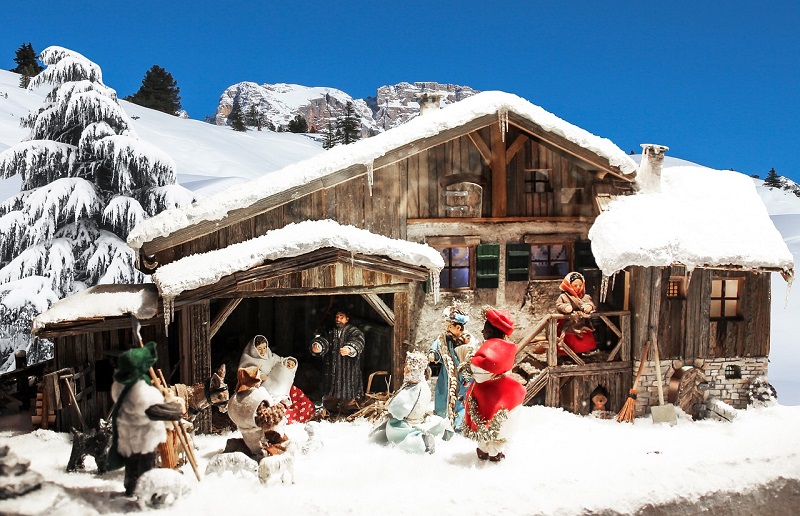
Now that we’ve unraveled the concept of Ježíšek, let’s delve into the rich threads of the traditional Czech Christmas menu and the folklore of the Golden Pig.
Christmas Eve, known as Štědrý den or “generous day,” holds the utmost significance in Czech tradition. Despite the name, modesty is the key when it comes to food. Legend has it that fasting on Christmas Eve may unveil a magical sight – the golden pig, zlaté prasátko.
While the tradition of fasting has faded, many still opt for meatless dishes like houbový kuba, a traditional barley and mushroom meal, for lunch. In the past, delectable treats such as apple strudel (jablečný závin or štrúdl) and the typical Czech Christmas sweetbread vánočka graced the tables.
As evening falls, appetites are whetted for the festive dinner, featuring the iconic fried carp (smažený kapr) paired with potato salad (bramborový salát). Some families also savor fish soup (rybí polévka), while others opt for Wiener schnitzel (vepřový řízek), reflecting the Czechs’ diverse tastes.
Amid this culinary celebration, Christmas cookies (vánoční cukroví) take center stage, becoming an irresistible delight.
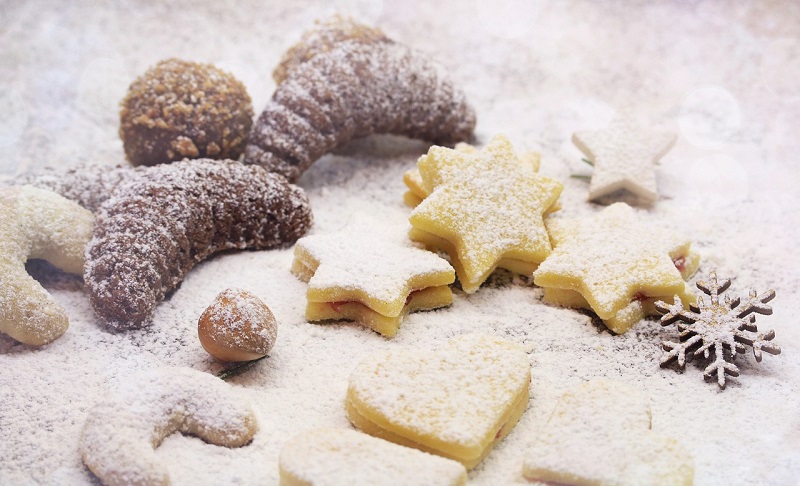
With countless varieties and unique family recipes, the art of Christmas cookie baking has become a cherished tradition. As Christmas Day and Boxing Day unfold, roast duck (pečená kachna) emerges as a favorite, adding another layer of culinary delight to the festive season in the Czech Republic.
Why Carp?
Our culinary journey begins with the humble carp, traditionally fried in breadcrumbs and served alongside potato salad—a dish synonymous with Czech Christmas. Carp breeding in the Czech lands dates back to the 15th century, with fish farms flourishing, particularly in South Bohemia, dubbed the country’s “lake district.” But for Czechs, the carp is not just a culinary delight; it plays a magical role in the lead-up to Christmas.
Related Post – The Carp Fishermen of the Trebon Ponds
The home-bred carp, raised in South Bohemian fishponds, weaves the magic of Czech Christmas. In the days before Christmas, it emerges in vats across Czech towns, sold live and destined for a festive fate—be it to be skillfully prepared or to occupy a family’s bathtub until Christmas night, much to the delight of children.
Related Post – There’s a Carp In My Bathtub!
While some families release the carp into rivers as part of their unique tradition, others have their recipes for carp and carp soup. An intriguing custom advises placing a fish scale under your plate during the Christmas meal for good luck and prosperity in the coming year.
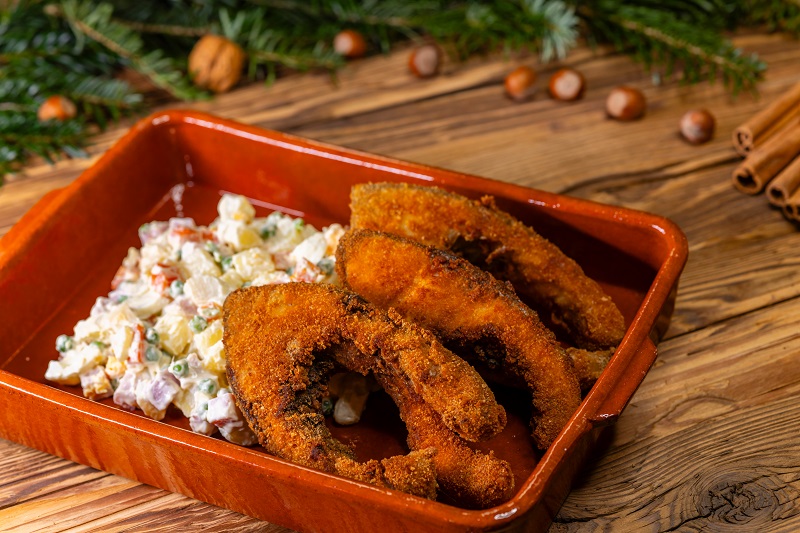
Traditional Christmas dinner in Czech Republic – fried carp with potato salad
A quick snippet releasing the carp from Přijde letos Ježíšek (2013)
The question of why Czechs traditionally eat carp on Christmas Eve is because fish was historically not considered meat, aligning with the fasting period observed on Christmas Eve. Christmas Eve in the Czech Republic is still considered part of a fasting period. Carp was one of the dishes allowed, not only due to its affordability but also its availability to all sections of society.
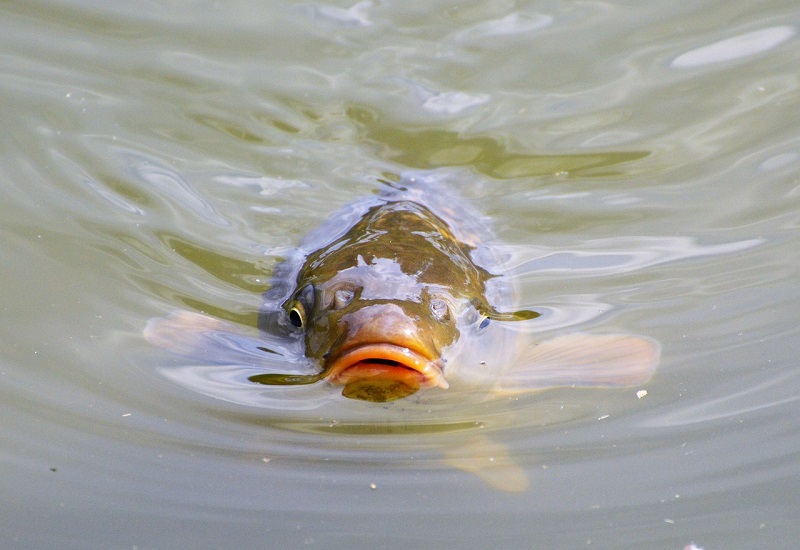
Despite regional variations, the practice of serving carp persisted across Czech families.
Czech Mushrooms and Christmas
In some northern regions, pearl barley and mushroom risotto, known as kuba, might replace fish in the Christmas spread.
Related Post – Kuba Recipe for a Christmas Meal Alternative
As we explore the personal Christmas traditions of young Czechs today, we find varying dishes on the festive table. While some families indulge in traditional carp and potato salad, others opt for alternatives like chicken steak. Bringing a live carp home and keeping it in the bathtub is less common in contemporary times.
Related Post – Traditional Czech Christmas Wild Mushroom Recipe
Whether savoring the traditional carp or exploring alternative dishes, Czech families continue to weave their unique stories and traditions into the rich tapestry of Christmas, blending the old with the new, and creating memories that echo through generations.
The Golden Pig
The concept of the Golden Pig, a symbol of prosperity and good fortune, has left an indelible mark on Czech Christmas lore. Some have had glimpses of this mystical creature during their day-long fast on the 24th of December, while others express a longing to witness its magical presence.
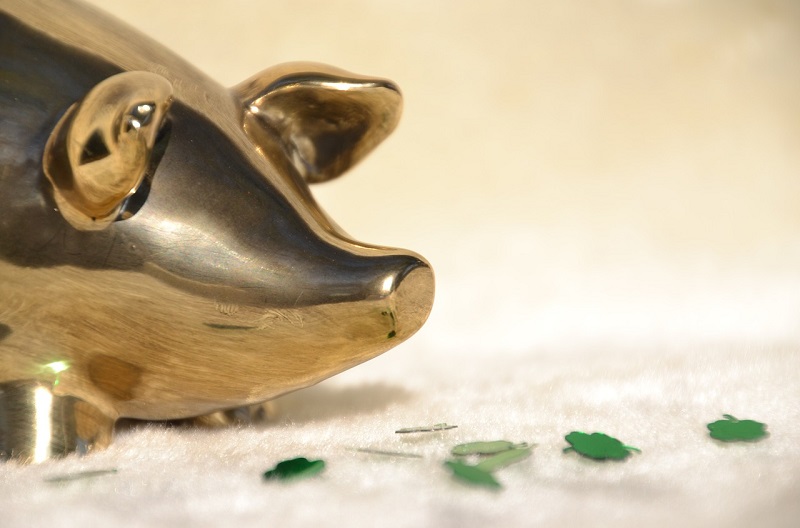
As the veil of Christmas Eve descends upon the Czech lands, an age-old tradition of fasting unfolds, a precursor to the grand feast that awaits. Those abstaining from meat during the day are said to have kept the fast, hoping to catch a glimpse of “the Golden Pig” — an auspicious symbol — before indulging in the evening’s dinner.
Related Post – Bohemian Christmas Eve Celebration in the U.S.A.
Below is a quick old Kofola commercial about a different kind of Christmas Pig…
While fasting is a practice observed globally before religious holidays, its significance endures in the secular Czech Republic. It is intertwined with many customs centered around the dinner table, all aimed at securing good fortune in the New Year. Among these customs is a dance with fate, a subtle avoidance of the Grim Reaper’s unwelcome visit.
The Grim Reaper
In many Czech homes, an extra plate is set for an unexpected guest. This symbolic gesture, meant to ward off unforeseen challenges, designates the woman of the house as the only one allowed to rise from the table and attend to the meal or fetch more food.
There is another somewhat morbid belief, emphasizing caution against leaving the table alone to avoid being the first to die. Though steeped in superstition, such traditions persist, creating a charming mosaic of rituals at the Czech Christmas table.
The careful orchestration of the Christmas table extends beyond symbolic plates. Czech families ensure an even number of guests, as an odd number is believed to bring bad luck or even foretell death. An extra plate, symbolizing hospitality for unexpected guests or those in need, is set as a precaution.
Once seated, another precaution unfolds: no one should have their back to the door. Post-meal, a synchronized rise from the table is observed, leaving no remnants on plates, as it is believed that any leftovers should be buried in an orchard to secure bountiful fruit-bearing trees.
These age-old traditions passed down through generations, weave a rich tapestry of customs that add an enchanting layer to the Czech Christmas experience. As families gather around the festive table, they engage in rituals that blend superstition with celebration, fending off the Grim Reaper and inviting the promise of good fortune into the coming year.
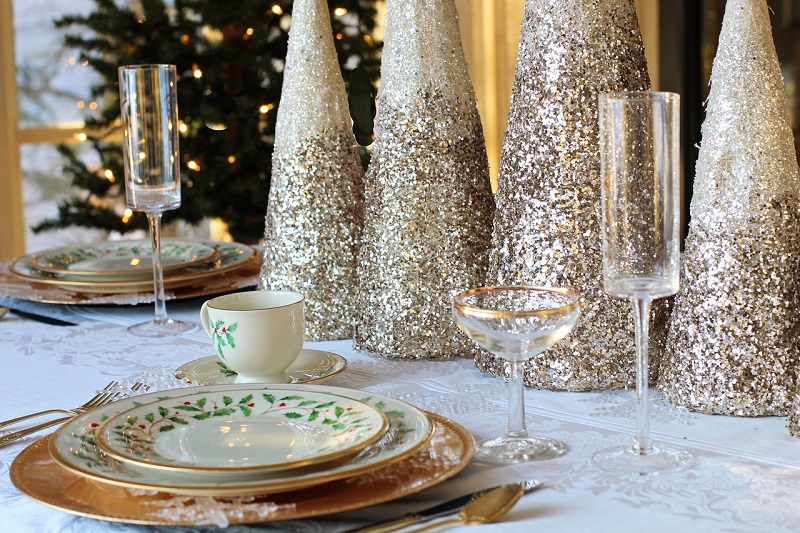
Apples, Walnut Boats, and Molten Lead
There is a mystical journey of divination during Czech Christmas; traditions involving apples, walnut boats, and molten lead weave a tapestry of age-old beliefs that add a touch of enchantment to the holiday season.
One captivating custom involves crafting walnut shell boats, each cradling a flickering candle set adrift in a bowl of water. The journey across the bowl serves as a divination tool—successfully navigating foretells a long and healthy life for the boat’s captain while sinking hints at ominous times ahead.
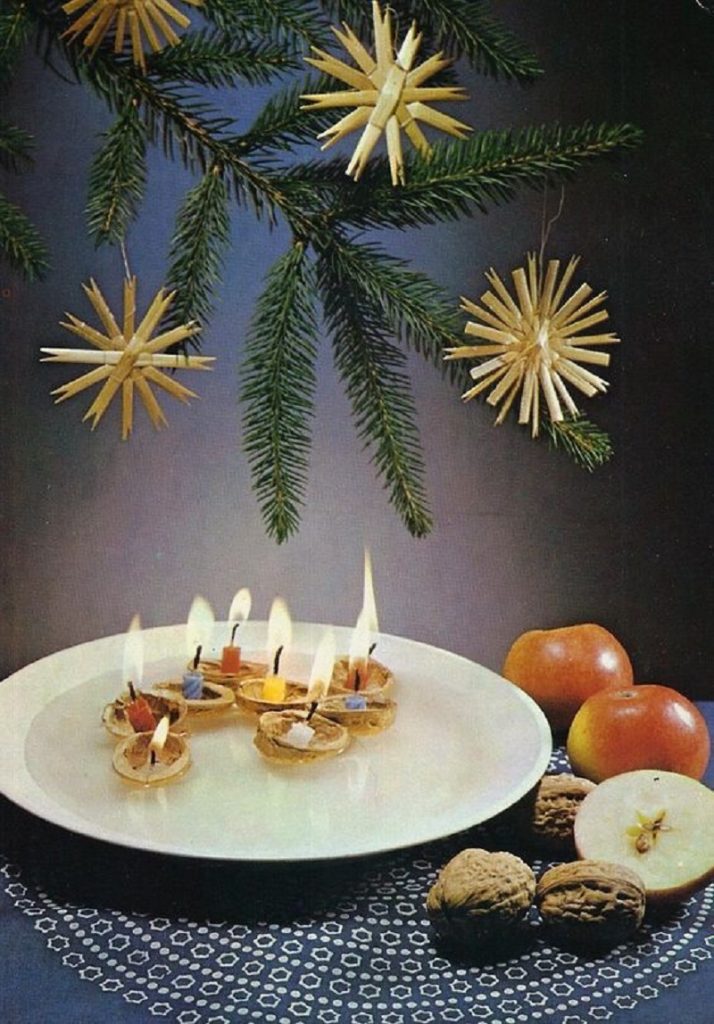
Post-Christmas dinner, another intriguing tradition unfolds as each participant crosswise cuts an apple in half. The core’s shape becomes a harbinger of the future— a star signifies a joyful and healthy reunion in the coming year, while a four-pointed cross forewarns illness or even death at the table within the next year.
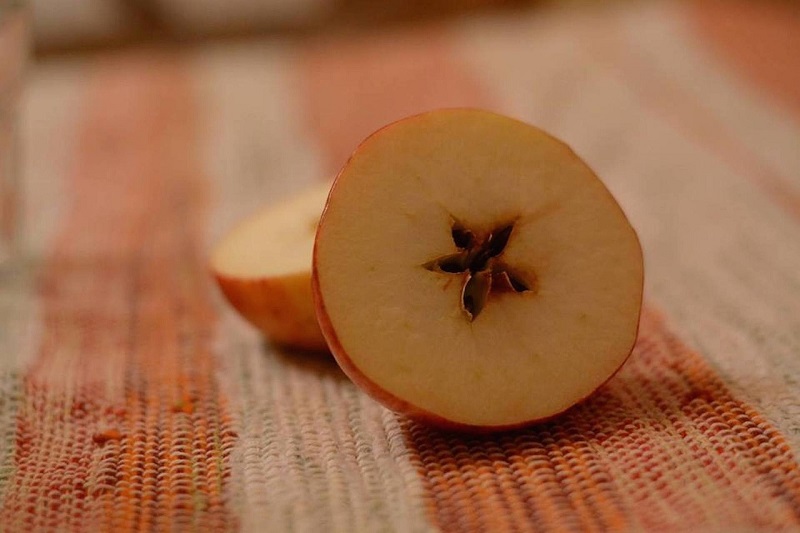
Finally, another divination practice is lití olova, or molten lead. This ritual involves pouring molten lead into water to predict the future, and the interpretation of the resulting shapes is open to individual imagination.
Related Post – Strange Czech Christmas Traditions
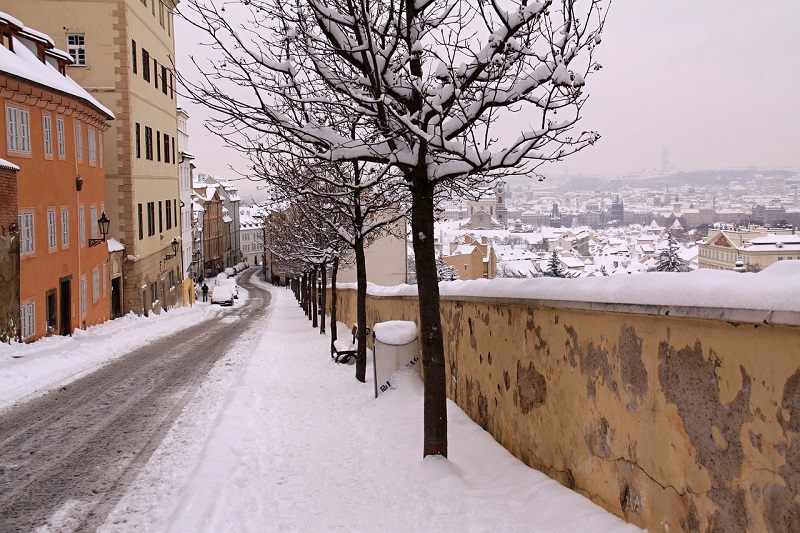
Finally, I leave you with a Christmas special featuring Karel Gott. Karel Gott, often called the “Golden Voice of Prague,” was a legendary Czech singer and entertainer known for his diverse repertoire, including pop, rock, and classical music. This special shows many sites around Czech Republic as well as our Christmas traditions.
The special is called Karel Gott Sen o Vánocích vánoční písně a koledy 2004 (Karel Gott: Dream of Christmas – Christmas Songs and Carols 2004). I hope you enjoy the sights and sounds of Czech Christmas!
We tirelessly gather and curate valuable information that could take you hours, days, or even months to find elsewhere. Our mission is to simplify your access to the best of our heritage. If you appreciate our efforts, please consider donating to support this site’s operational costs.
See My Exclusive Content and Follow Me on Patreon
You can also send cash, checks, money orders, or support by buying Kytka’s books.
Your contribution sustains us and allows us to continue sharing our rich cultural heritage.
Remember, your donations are our lifeline.
If you haven’t already, subscribe to TresBohemes.com below to receive our newsletter directly in your inbox and never miss out.


